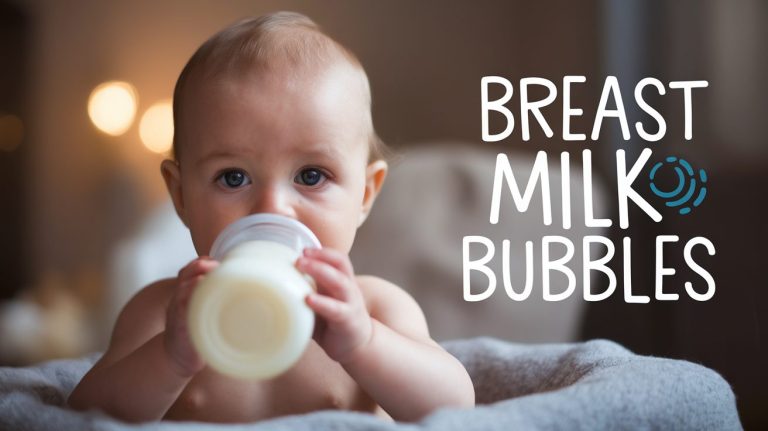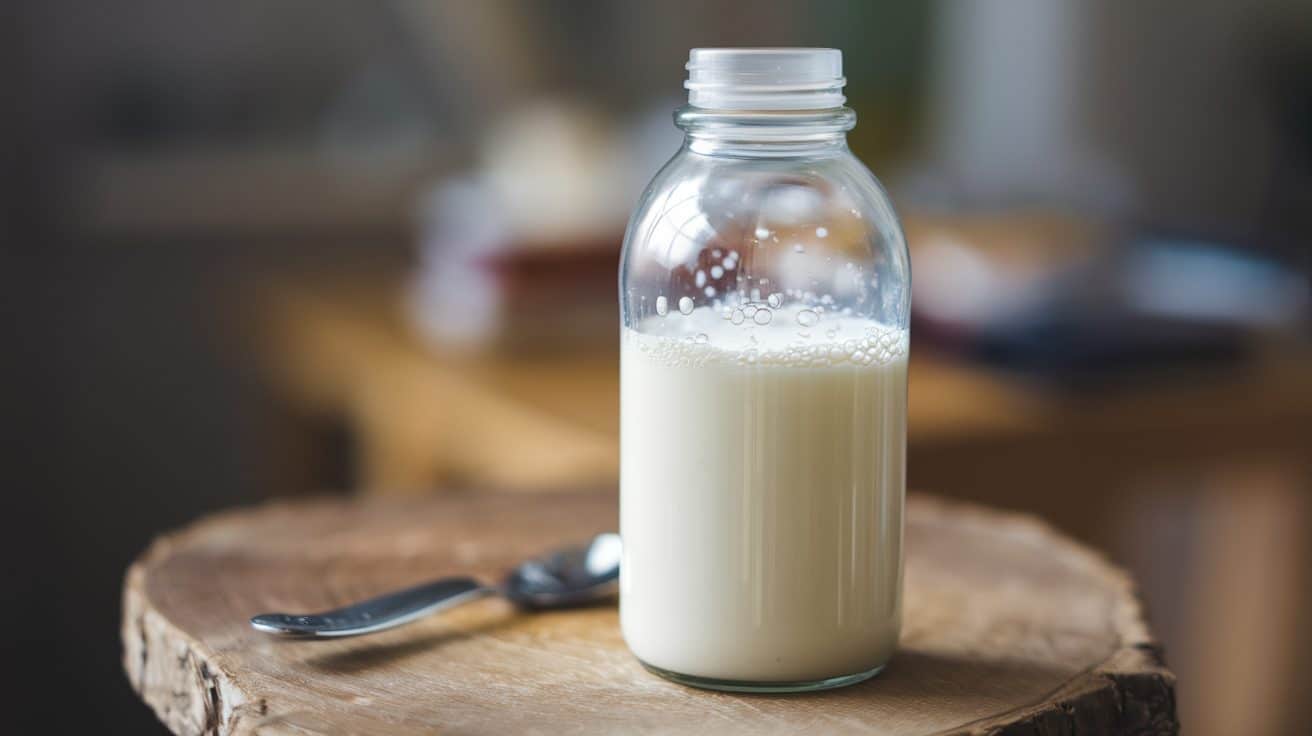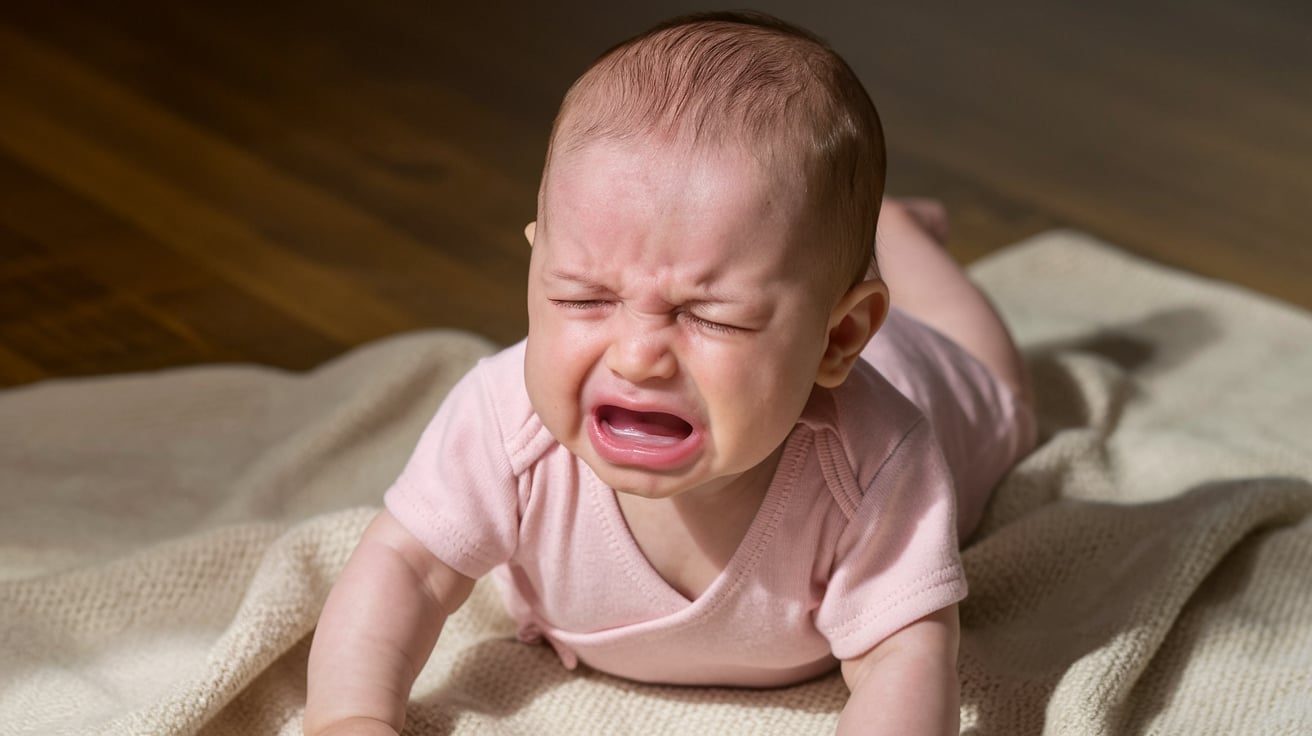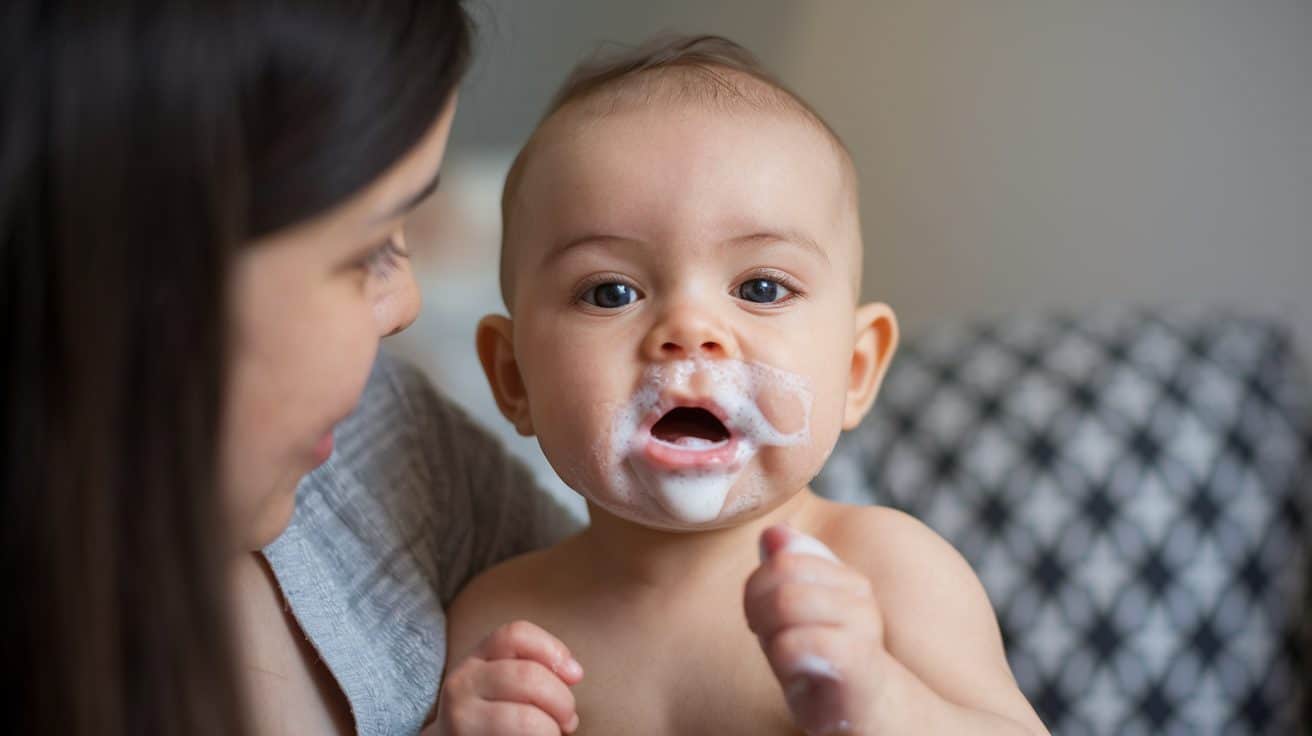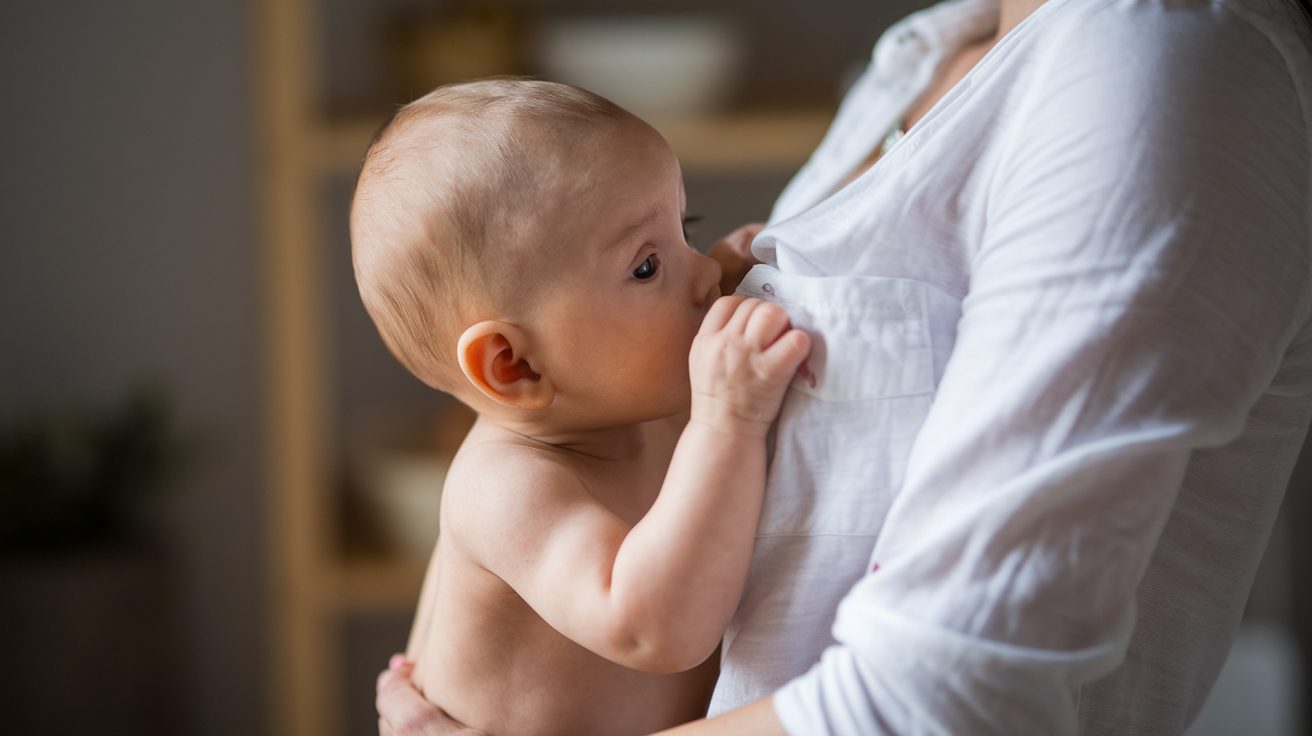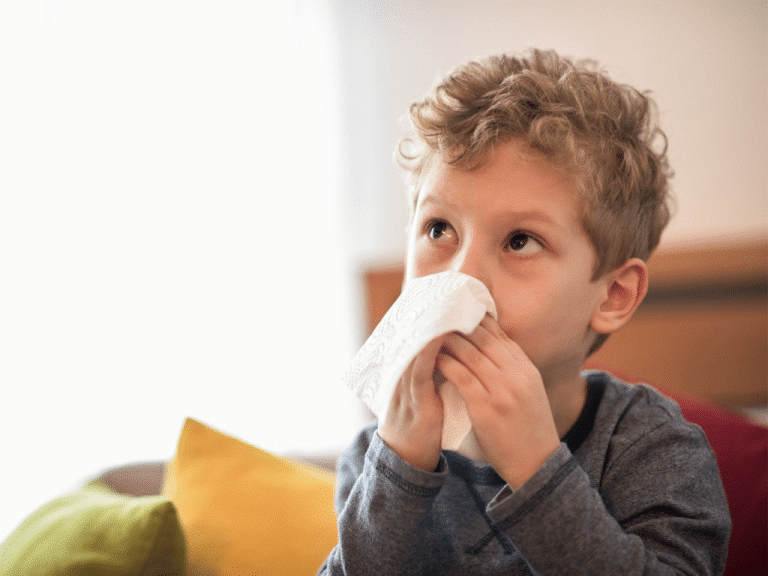As a breastfeeding mom, I remember first noticing bubbles in my pumped milk.
Like many of you, I had questions running through my mind:
Was this normal?
Would it affect my baby?
Should I be doing something different?
I learned that bubbly breast milk is quite common during breastfeeding. Those little bubbles can appear for several simple reasons, whether you’re pumping, storing, or transferring milk.
Today, I want to share what I’ve learned about breast milk bubbles so you can feel as reassured as I did.
Let’s walk through this together, mom to mom!
What Are Breast Milk Bubbles?
Breast milk bubbles are small air pockets or foam that form in your milk during:
- Pumping sessions
- Milk transfers between bottles
- Storage handling
- Natural letdown process
Are Bubbles in Breast Milk Normal? Yes, most moms see bubbles in their pumped milk.
The good news? These bubbles are typically trapped air and don’t change your milk’s quality.
Remember: Seeing foam or bubbles in your pumped milk means you’re probably doing everything right. It’s your milk’s natural response to everyday handling and movement.
Should I Be Concerned About Bubbles in My Breast Milk?
Most of the time, bubbles in breast milk aren’t a worry. However, it’s good to know when to pay extra attention.
While bubbles are normal, some signs need your attention. Watch out for big changes in your milk’s smell, color, or texture. If your milk starts smelling sour or looks very different from usual, it’s worth checking.
Your Baby’s Signals Matter
Pay attention to how your little one responds during feeding. Some babies might get fussy with very foamy milk, showing signs like:
- Extra gas or bloating
- More spit-ups than usual
- Trouble staying latched
- Regular fussiness after feeds
If your baby often seems uncomfortable, have extra gas, or spits up more than usual, the bubbles might bring in too much air during feeds.
When to Call Your Healthcare Provider
Sometimes, you need expert advice, especially if your milk has an unusual odor or your baby seems uncomfortable after feeding. Trust your instincts – if something feels off about your milk or your baby’s reaction to it, it’s perfectly fine to reach out to your lactation consultant or doctor.
Remember: While bubbles are harmless, your comfort and baby’s well-being come first. Getting help when you’re unsure is always the right choice.
How Does Foamy Breast Milk Affect Your Baby?
Most of the time, a bit of foam is no biggie, but knowing what to look out for never hurts, right?
So, here’s the scoop on what those bubbles can sometimes do:
- Gas and Discomfort:
Do you feel slightly bloated after gulping down a fizzy drink? Well, the same thing can happen to your little one if they’re taking in a lot of air bubbles with their milk. You can Watch for extra squirming or leg-tugging after feeds. - Spitting Up and Reflux:
All that extra air in their tummy can also make your baby spit up more or have mild reflux. Those bubbles could be why you notice more milk burps or spit-up episodes than normal. - Feeding Difficulties:
Some babies are just a bit pickier about the texture of their milk. If it’s too frothy, they might pull away, get frustrated during feeding, or take longer to finish up.
If you’re seeing any of these signs, don’t panic! You can do plenty of easy things to keep those bubbles in check.
How To Reduce Foamy Breast Milk?
Simple changes to your pumping routine can help reduce excess bubbles in your milk.
Let’s look at practical steps you can take to minimize foam while ensuring your milk stays perfect for your baby.
- Pumping Tips That Help
Think of your pump like a gentle rain instead of a storm. Start with slow speed and soft suction. Your flanges should hug your breast just right – not too tight or loose. - Smart Storage Solutions
Those special breast milk bags are your friends! They keep the air out and goodness in. Fill them with care, just like you pour a cup of your favorite drink. - The Gentle Touch
There’s no need to shake things up! A soft swirl is all your milk needs. Less movement means fewer bubbles. - Keep It Clean
Give those pump parts extra love during cleaning. Sneaky soap leftovers love to make more bubbles than we want!
Know When Your Pumped Milk Has Gone Bad!
Understanding when milk is still good helps you feed your baby confidently. Fresh breast milk has a mild, sweet smell and taste. Trust your senses – they’re often the best indicators of milk quality.
Watch for these signs that milk might have spoiled:
- Strong sour smell (fresh milk should be nearly odorless)
- Unusual color changes
- Separated layers that won’t mix back together
- Clumpy or curdled texture
If you’re unsure, try the taste test. Fresh milk tastes mild, while spoiled milk has a distinct sour taste. While tasting might seem strange, it’s a reliable way to check freshness.
Keep these storage guidelines in mind to maintain freshness:
- Room temperature milk stays good for 4 hours
- Refrigerated milk lasts about 4 days
- Frozen milk can keep for 6-12 months in a deep freezer
Mom-to-Mom: What Really Works!
- “I swirl my milk like I’m stirring hot chocolate – works every time!”
- “Switching to slower pumping changed everything.”
- “Don’t stress about every bubble – my baby never minded!”
Quick Troubleshooting Guide
Have a foamy day! Try this:
- First, check your flange fit
- Then, Slow down the pump speed
- Next: Clean everything super well
- Finally, Give gentle swirling a try
The Bubble Bottom Line
You’re doing amazing, mama! Whether your breast milk has bubbles or not, just know that your milk is liquid gold for your baby. It’s packed with everything they need to grow strong and healthy, and your efforts are truly priceless.
Keep these tips in mind, but don’t stress too much. Every mom and baby is different, so it’s all about finding what works best for your unique journey.
Trust your instincts, be kind to yourself, and remember that you’re doing an incredible job.
No matter the challenges, you’re providing your little one with love, care, and the best nourishment possible.
You’ve got this! Keep feeding that little one with all your love and support. You are their superhero!
Frequently Asked Questions
Can Foamy Milk Cause Colic?
Nope! The foam doesn’t cause colic, but too much air during feeding might make your baby a bit gassy.
What if My Milk Is Always Bubbly?
Totally normal! Just use the gentle swirling trick before feeding, and you’re good to go.
Does Cold Milk Get More Bubbles?
Temperature doesn’t affect bubbles – it’s all about handling and movement.
Is It Normal to Have More Bubbles with Certain Pumps?
Different pumps, different bubbles! Adjust your settings to find what works best.

